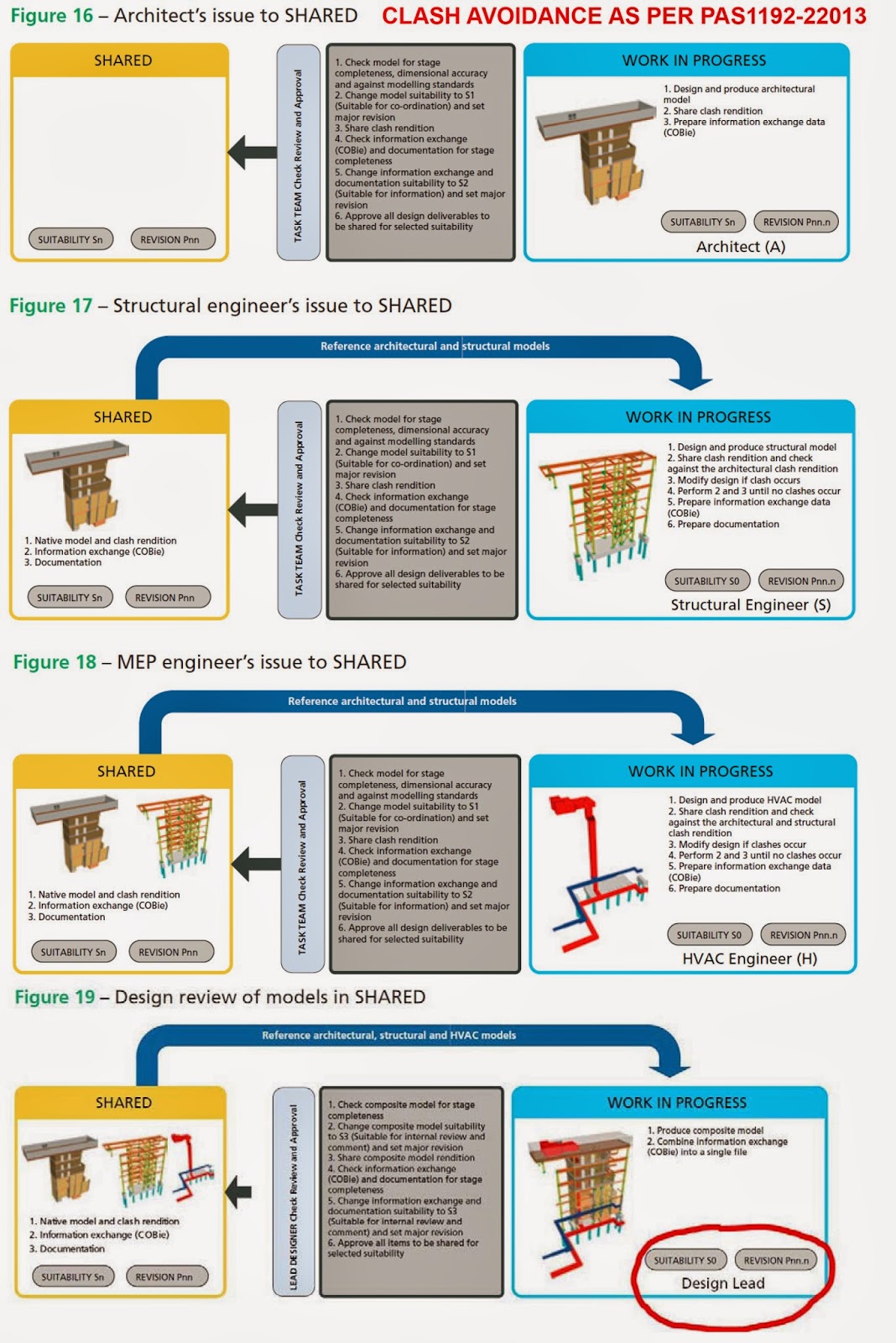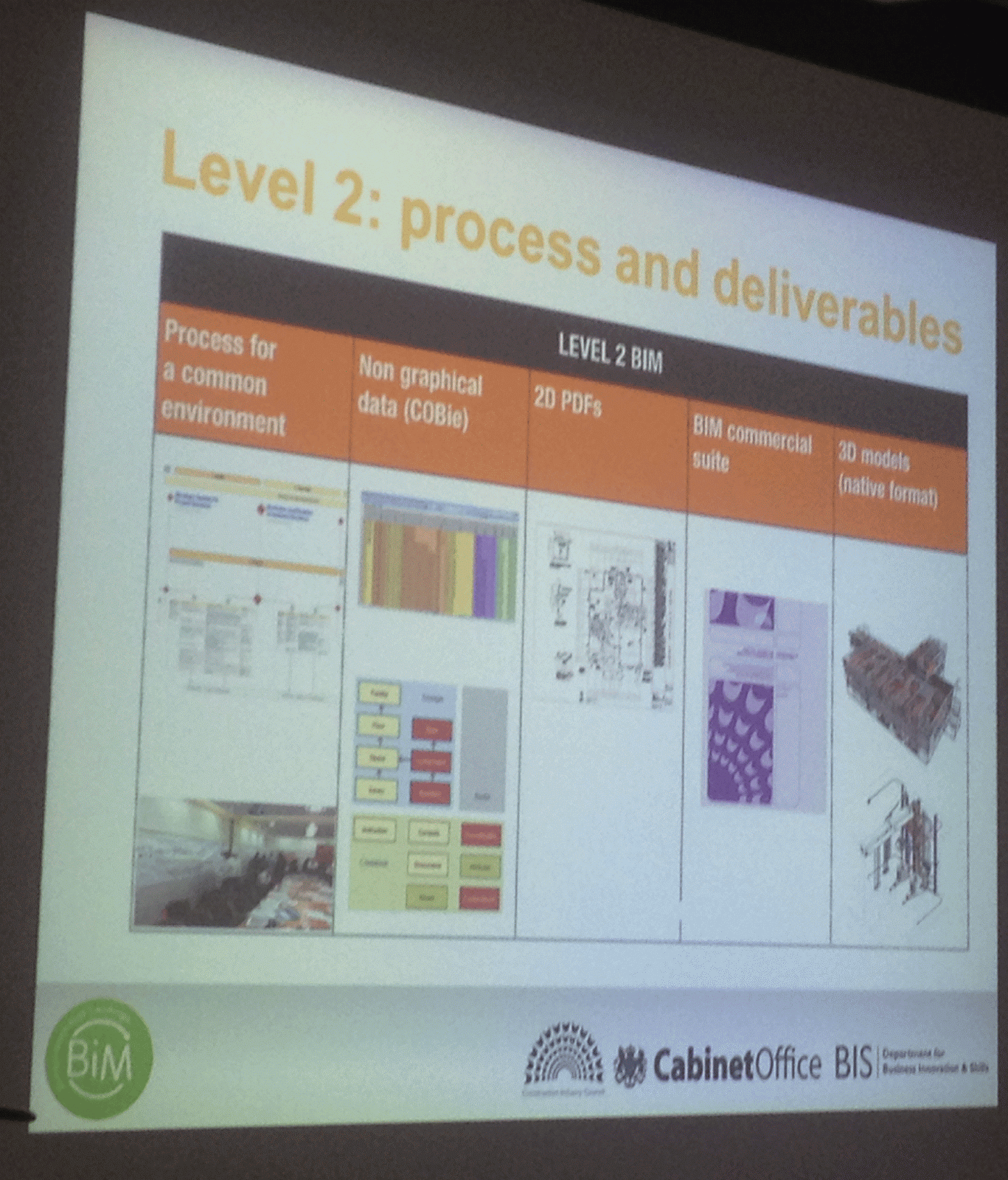BIM is getting more and more ambiguous/complex for clients, for trades, for designers, for contractors etc.
Is it because the UK BIM industry makes it sound more complex or is BIM that complex in reality?
Personally, I dont believe that UK Level 2 BIM is complex at all. The government has done a great job articulating Level 2 BIM through PAS1192-2, PAS1192-3, COBie-UK-2012 (BS1192-4 Draft), CIC BIM documents. I genuinely like those standards and try and put them in practice in my daily work life except one thing! Those of you who know me knows very well what I am referring to here!-;) That is because I yet have to see the true value of that thing for our design team, for our trades team and for our construction team and have to see the true value for clients even! I am not saying there is no value but in it but I yet have to see the value for the entire project team.
Sometimes I struggle with putting these UK BIM standards in practice with the designers whereas to my surprise most of the trades embrace them with two hands.
Education, education, education!
As per the above UK BIM standards, UK Level 2 BIM means we target the following (particularly on publicly procure jobs); bearing in mind that BIM is for information only and 2D documents are contractual deliverables for procurement and construction:
BIM during design phase (RIBA 1-4)
1. Use 3D BIM to author 2D design documentation (up to LOMD as per PAS1192-2)
2. Use 3D BIM to coordinate design (using 3D federated/combined model)
3. Use 3D BIM to review design (using 3D federated/combined model)
4. Use 3D BIM to generate COBie drops 1 to 2b (Information exchange)
BIM during construction phase (RIBA 5)
5. Continue using 3D BIM to coordinate trades design with the design intent
6. Use 3D BIM to author trades' 2D design documentation (up to LOMD as per PAS1192-2)
7. Use 3D BIM to generate COBie drop 3 (information exchange)
BIM during handover/practical completion (RIBA 6)
8. Federated 3D BIM model (ideally in IFC) and Native 3D BIM models
9. COBie drop 4 spreadsheet (Information exchange)
10. 2D PDFs, O&M files etc
From what I understand, the underlying principle of UK Level 2 BIM is to mitigate design and construction risks using 3D BIM; therefore save 20% cost in capex as per the UK BIM strategy.
If this is Level 2 BIM then isn't this as simple as eating a piece of a cake?
What do you think? Please share your thoughts in the comments below.




